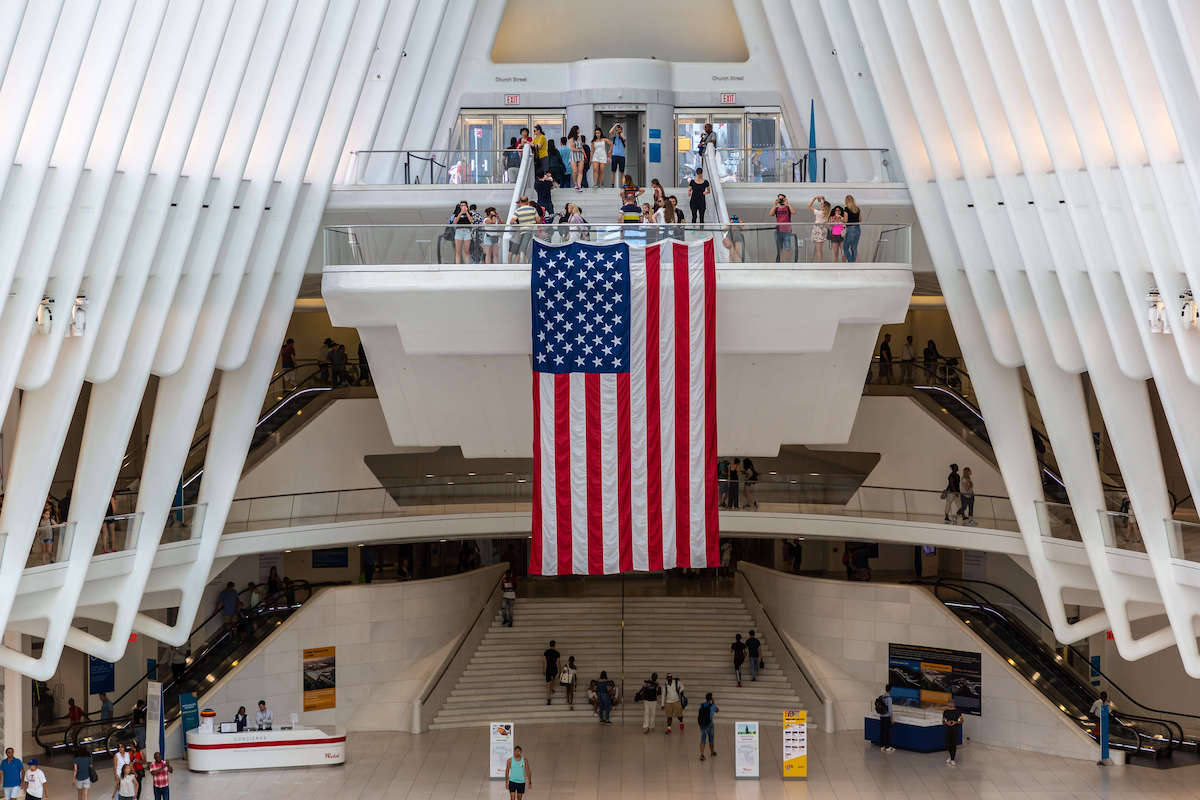Despite the gradual emergence from the lockdown, shopping malls continue to face significant challenges.

Although the retail industry is slowly emerging from the crisis caused by the pandemic, the position of shopping malls will remain precarious for a long time to come. According to data compiled by Bloomberg, estimates for 2020 indicate that U.S. shopping malls have lost about 60 percent in value.
For about 118 major malls, the loss in value was about $4 billion in monetary terms. The main reasons for the shopping malls' decline in value were delinquencies and defaults on financial obligations. But even this estimate drop in value may not reflect the actual situation because if some of the pandemic-stricken shopping centers will be put up for sale, buyers for these properties may not be found at all.
The current situation has been a challenge for retail and revealed many of the difficulties that existed before. Even before the lockdowns and customer adoption of online shopping, malls were already weakened by a string of major department stores' bankruptcies and several retailers' departure. Malls that were struggling before the pandemic but continued to operate are now on the brink of survival. According to analysts, only about half of the 1,100 closed malls in the U.S. will be able to return to work.
The largest shopping malls, such as Simon Property Group and Brookfield Asset Management, have already started to revise their malls' fate. The most unprofitable ones are expected to be abandoned, reinvesting in more viable facilities.
Photo credit: depositphotos.com.
3 MARCH 2021, USA

 Boohoo expands online presence with new marketplace for fashion
Boohoo expands online presence with new marketplace for fashion Victoria's Secret expands presence in Melbourne
Victoria's Secret expands presence in Melbourne Inditex's Bershka set to enter indian market with Mumbai store
Inditex's Bershka set to enter indian market with Mumbai store Ross stores expands across the U.S. with 24 new locations
Ross stores expands across the U.S. with 24 new locations Chaumet opens doors to debut boutique in Italy
Chaumet opens doors to debut boutique in Italy Birkenstock is launching first store in France
Birkenstock is launching first store in France Salomon elevates brand presence with new Paris flagships
Salomon elevates brand presence with new Paris flagships  Amiri expands presence in California
Amiri expands presence in California  Crocs expands its presence in India with Apparel Group
Crocs expands its presence in India with Apparel Group  Best Buy Canada to expand presence with 167 small-format locations
Best Buy Canada to expand presence with 167 small-format locations  Arket expands into Italy with Milan flagship
Arket expands into Italy with Milan flagship